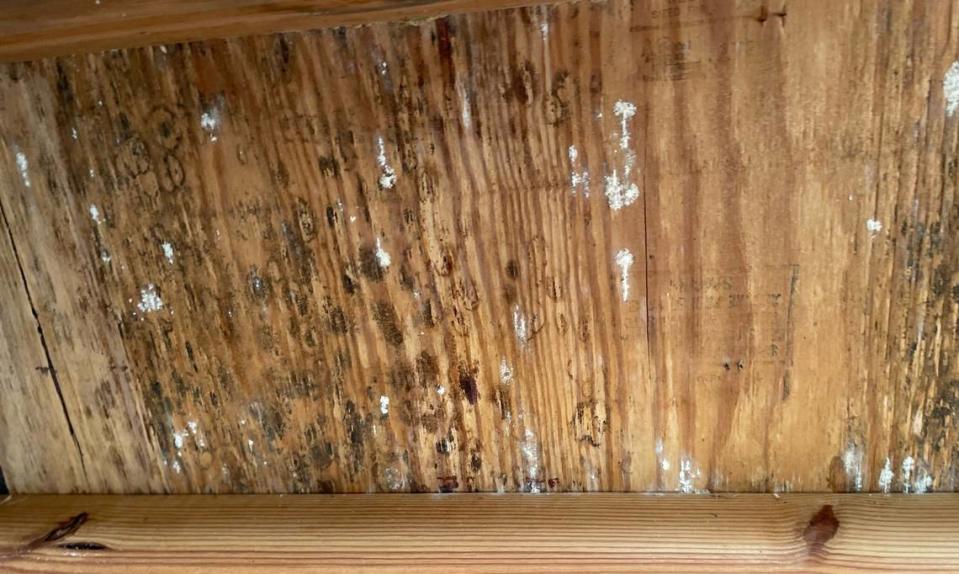Are you having issues with insurance coverage after Hurricane Ian? Mold is one reason
Dealing with insurance is a hassle. It’s confusing and complicated. And with a major natural disaster, it’s even worse.
Bouncing back from Ian — and festering mold — has been problematic amid an unstable and chaotic insurance market. Thousands of claims have been rejected, leaving many wondering what’s next.
Here’s what to know about insurance post-Ian and the challenges that come with getting mold coverage:
Processing a claim
Time limit: When insurance companies receive a claim, they have 90 days to make a coverage determination, said Edwin Leal, president of the Board of Directors for the Florida Association of Public Insurance Adjusters. They usually get an adjuster out to the home in 7 to 14 days.
But after a catastrophic event like Ian, it may take an insurance company more time — even up to 60 days — to get to a home and do an inspection. A lengthy waiting period, Leal said, will compound mold problems, especially after a hurricane when many are without electricity for a while.
“It’s a brew,” he said. “It’s a perfect recipe for mold.”

Protecting property
Requirement: Meanwhile, mold continues to spread inside the home. The homeowner, Leal said, is required to protect the property.
“But to what extent do you do that with no electricity, right?” he said. “When you don’t have the know-how, or the ability to?”
Covering costs
Payment: For Leal, there’s another array of issues that may arise when the insurance adjuster gets to the home. They may agree to pay you $10,000 for mold damage, which may not be enough to cover costs. They may also consider water damage, which has no coverage limitations, as mold if the fungi multiplies.
“Insurance companies go out there and routinely either limit the mold or start moving water damage into the mold category or basically deny the loss,” Leal said.
Many people don’t understand their insurance policy, Leal said. They’re unaware of how their deductible works and don’t know what is covered and what isn’t.
“A lot of people have no idea because they’ve never been through a hurricane, or they’ve never been through this process or had a prior hurricane claim,” he said.
Public adjuster
Pro tip: Leal recommends homeowners consider hiring a public adjuster who can spend more time inspecting a home. A public adjuster may notice issues that the insurance adjuster — overwhelmed with cases after a major storm — missed.
“Getting insurance companies to admit that there has been an underpayment ... is a challenge,” Leal said. “Sometimes they’ll negotiate. Sometimes they’ll ignore you. Sometimes they’ll disagree with you.”
Paying the bill
Repair and replacement: Whatever the insurance company doesn’t pay, the homeowner will have to address in either repair or replacement, Leal said. That means the homeowner may have to foot the bill amid an insurance market in turmoil, complicated by a major hurricane.
“Homeowners right now are in a predicament,” Leal said. “When you add diminishment in coverage, cost of goods and materials continuing to rise and a storm of this magnitude ... that’s not good.”

